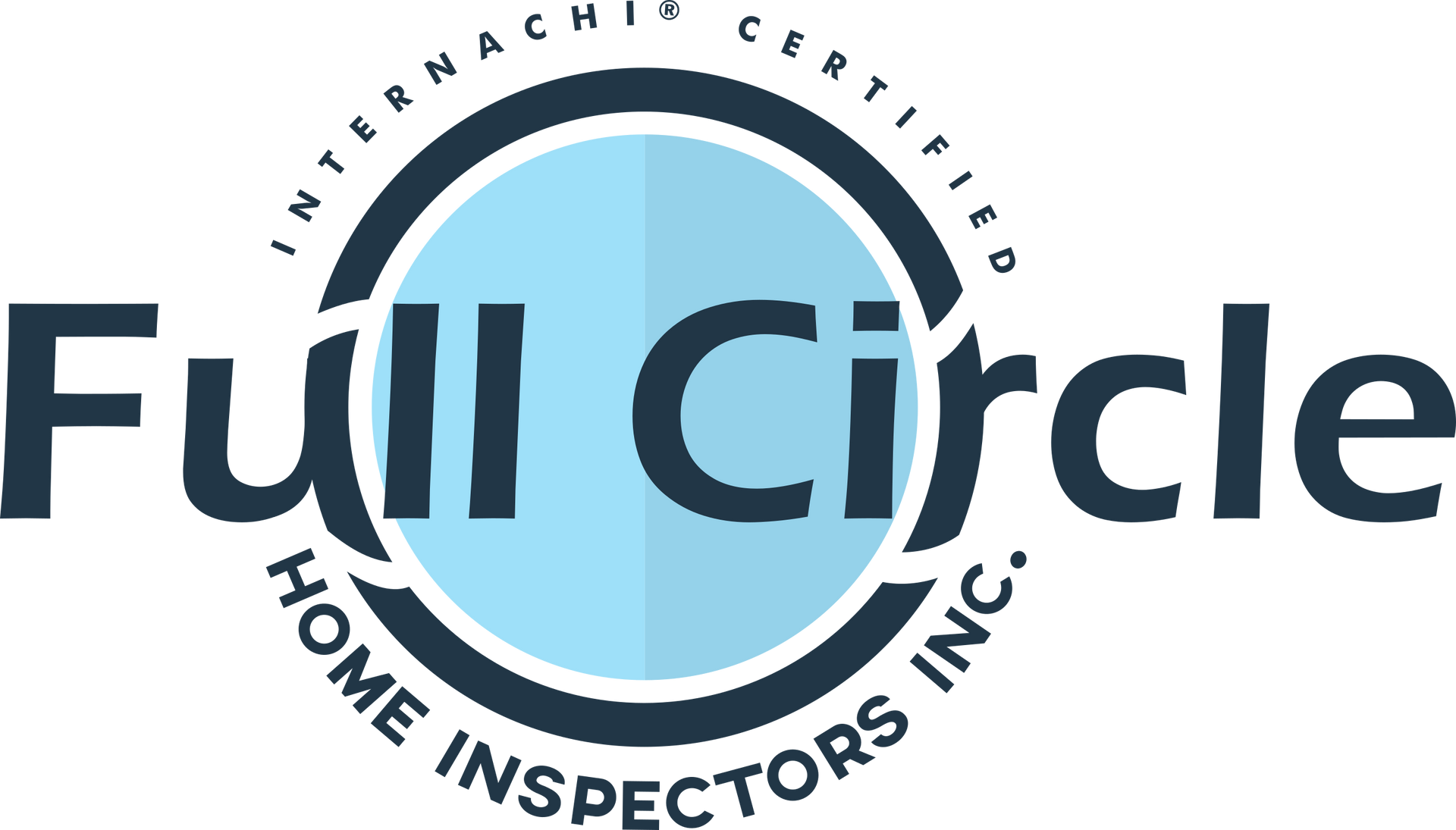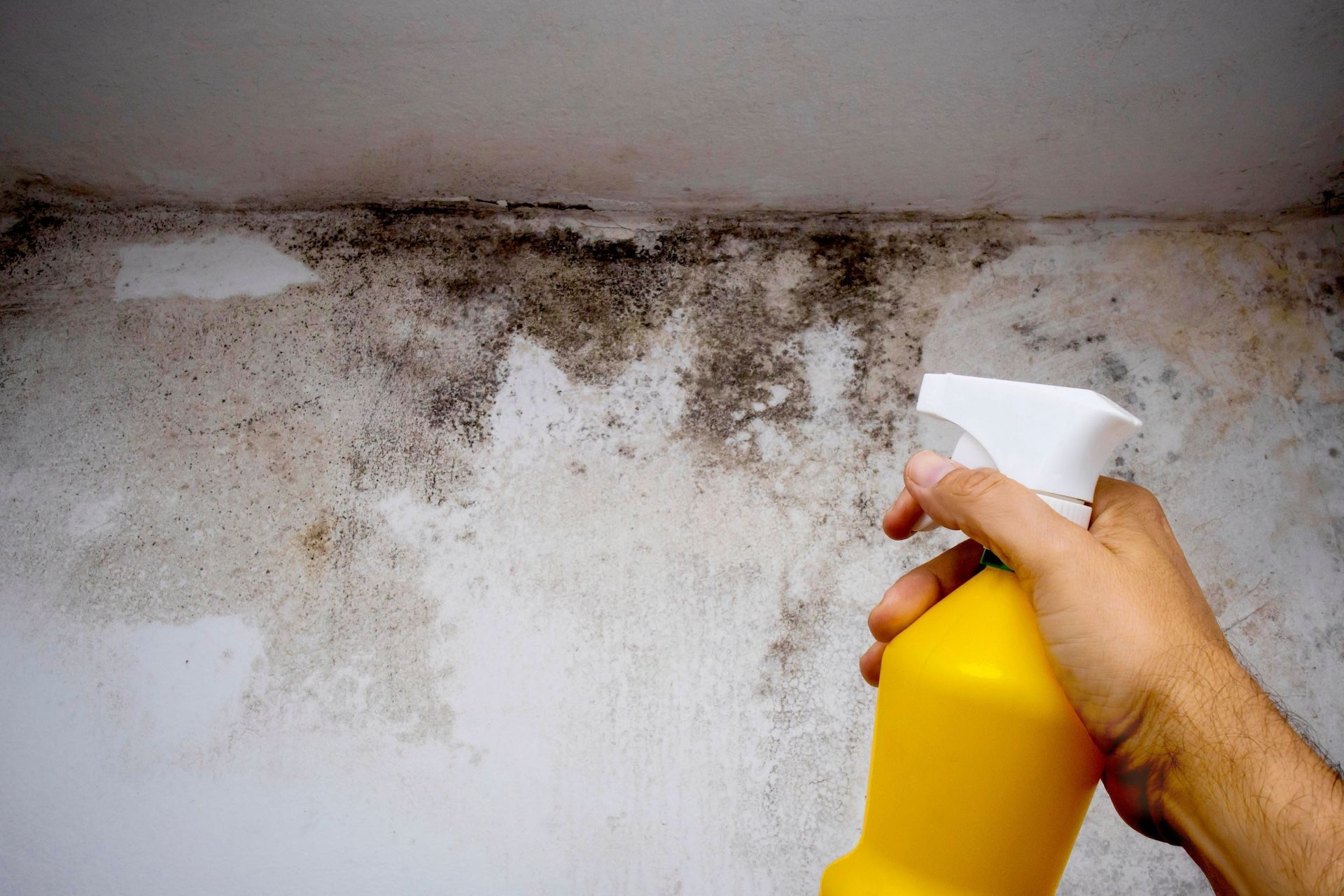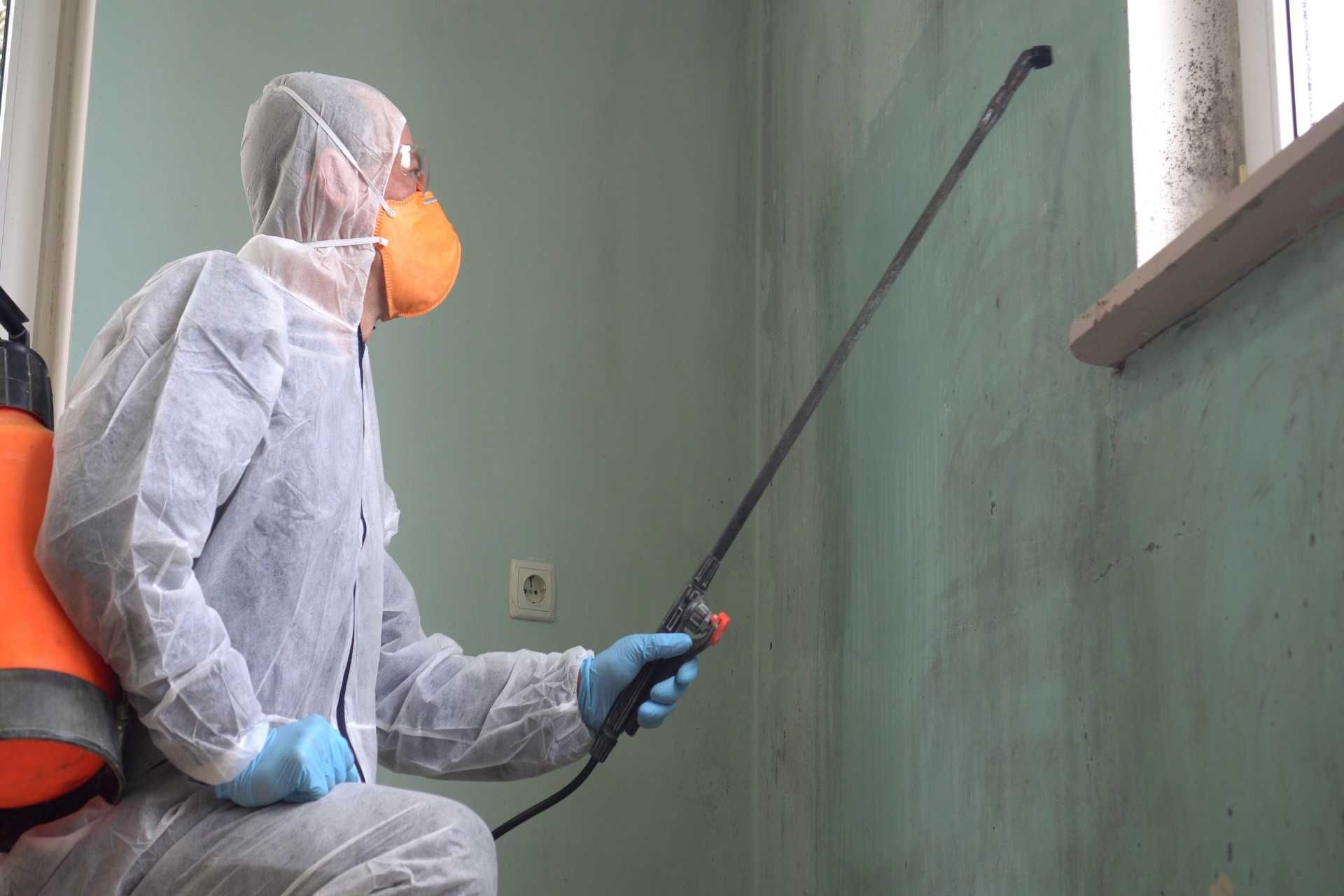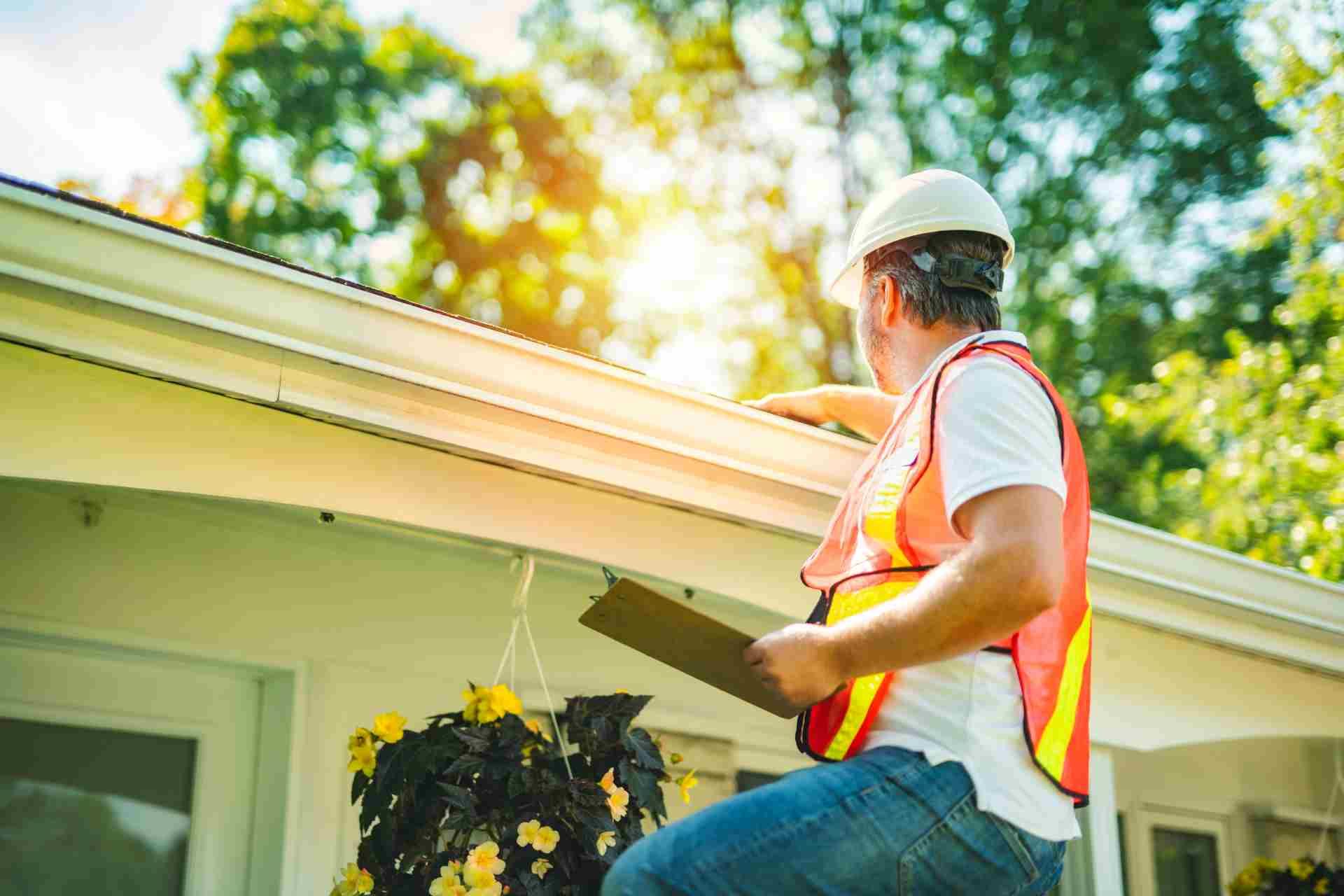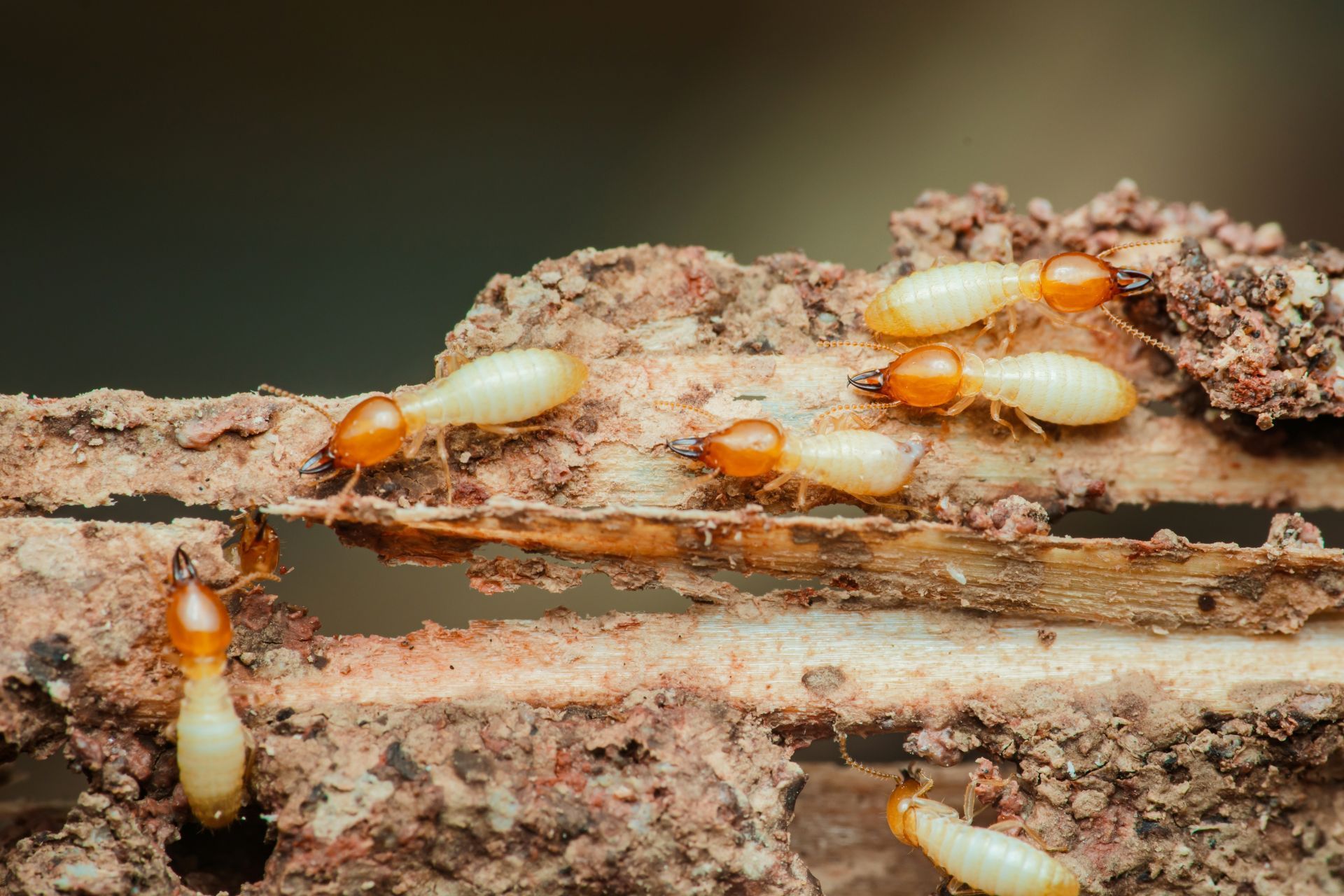What is the Difference Between Mold Removal and Mold Remediation?
Mold is something no homeowner wants to find inside their house. It looks unpleasant, can smell bad, and may even cause health problems if not handled correctly. When you search for solutions, you will often see two terms: mold removal and mold remediation. Many people think they are the same thing, but they are not. Understanding the difference between these two services can help you make the best decision for your home and family.
In this guide, we’ll explain what mold removal and mold remediation mean, how they work, and why remediation is often the better long-term solution.
Why Mold in Homes Is a Serious Problem
Before we get into the differences, it’s important to know why mold is such a big issue. Mold grows in damp and humid places, like bathrooms, basements, attics, or around leaky pipes and windows.
Problems mold can cause:
- Health issues: Mold can trigger allergies, asthma, coughing, skin irritation, or other respiratory problems.
- Damage to property: Mold eats away at surfaces like wood, drywall, and fabric, weakening the structure of your home.
- Spread over time: Mold spores travel through the air and spread quickly if not treated properly.
Because mold keeps growing until the source of moisture is fixed, simply wiping it away is not enough.
What Is Mold Removal?
Mold removal usually means cleaning or physically getting rid of visible mold from a surface. For example, a cleaning company might wipe down walls, floors, or furniture where mold is present.
Key points about mold removal:
- Focuses on removing visible mold growth.
- Often uses cleaning agents or disinfectants.
- Works as a temporary solution if the moisture problem is not addressed.
- Does not guarantee mold won’t return.
Think of mold removal like mowing the lawn. You cut the grass on the surface, but the roots are still there. Unless you treat the soil or conditions, the grass will grow back.
What Is Mold Remediation?
Mold remediation goes beyond surface cleaning. It is a detailed process that aims to stop mold from coming back. Instead of just removing what you see, remediation addresses the root cause of the problem.
Steps usually included in mold remediation:
- Inspection and testing – Professionals identify the type of mold and how far it has spread.
- Containment – Areas are sealed off to prevent mold spores from spreading to clean spaces.
- Air filtration – Special HEPA filters are used to clean mold spores from the air.
- Mold removal – Contaminated materials are cleaned or safely removed if too damaged.
- Moisture control – Fixing leaks, improving ventilation, or adding dehumidifiers to stop future growth.
- Restoration – Rebuilding or repairing areas damaged by mold.
Mold remediation does not promise a mold-free home forever because mold spores are naturally present in the air. Instead, it brings mold levels down to a safe and healthy amount and prevents the same problem from happening again.
Mold Removal vs. Mold Remediation: What’s the Difference?
Now that you understand both terms, here’s a clear comparison:
| Mold Removal | Mold Remediation |
|---|---|
| Cleans or wipes away visible mold. | Identifies, contains, and addresses mold at its source. |
| Short-term fix. | Long-term solution. |
| Does not solve the moisture problem. | Focuses on stopping future mold growth. |
| May not require professional help. | Usually handled by certified mold remediation experts. |
In short:
- Mold removal = surface-level cleaning.
- Mold remediation = full process that makes your home safe and keeps mold from coming back.
Why Mold Remediation Is the Better Choice
If you only clean mold without fixing the cause, it will return. That’s why remediation is the smarter choice for homeowners. Here’s why:
- Health protection: Remediation reduces spores and allergens in the air, making your home safer for your family.
- Prevents damage: Stopping mold early saves money by protecting walls, flooring, and insulation.
- Peace of mind: A professional remediation plan ensures the problem is handled correctly the first time.
- Long-term savings: While remediation may cost more upfront than simple removal, it reduces the risk of costly repairs later.
Signs You Need Mold Remediation
Not sure if you need professional help? Look out for these warning signs:
- A strong musty odor that doesn’t go away.
- Black, green, or white patches on walls, ceilings, or furniture.
- Water stains or signs of leaks.
- Increased allergy or asthma symptoms inside your home.
- Mold returns even after you’ve cleaned it.
If you notice any of these, it’s time to call in professionals who specialize in mold remediation.
The Role of Professionals in Mold Remediation
While DIY cleaning might work for very small areas, professional mold remediation is recommended for larger or recurring problems. Certified inspectors and remediation experts use advanced tools like:
- Moisture meters
- HEPA vacuums
- Industrial dehumidifiers
- Protective gear
These tools and safety measures ensure mold is properly handled and your home stays protected.
Final Thoughts
While the words mold removal and mold remediation are often used interchangeably, they are very different. Removal only cleans the surface, but remediation addresses the root cause and provides long-term protection. If you want to keep your home safe, healthy, and mold-free, remediation is the right choice.
If you suspect mold in your home, contact Full Circle Home Inspectors for a professional inspection to determine its presence.
FAQs About Mold Removal and Mold Remediation
Can I remove mold myself?
Small spots of mold can sometimes be cleaned with household products, but for larger areas, professional remediation is safer and more effective.
Is mold remediation expensive?
The cost depends on the size of the problem, but remediation saves money in the long run by preventing health risks and home damage.
How long does mold remediation take?
Most projects take 1 to 5 days, depending on how severe the mold growth is.
Will mold come back after remediation?
If moisture problems are fixed, remediation greatly lowers the chance of mold returning.
Do I need to leave my home during remediation?
In some cases, yes—especially if the affected area is large or the work involves strong cleaning agents. Your remediation company will guide you.
Disclaimer: The information on this website and blog is for general informational purposes only and is not professional advice. We make no guarantees of accuracy or completeness. We disclaim all liability for errors, omissions, or reliance on this content. Always consult a qualified professional for specific guidance.
